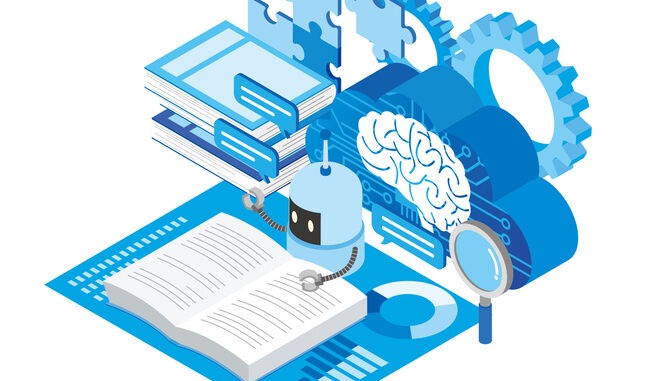
Accessibility in education is not just a goal but a necessity, ensuring that every learner, regardless of their personal hurdles, can access information to learn and thrive. The tools and technologies shaping this landscape are dynamic and innovative, bridging gaps and fostering equitable opportunities across diverse learning environments
CREDIT: This is an edited version of an article that originally appeared on ASCL
Artificial intelligence (AI) is dramatically transforming the educational space by making learning more accessible and tailored to individual needs. For instance, AI-driven technologies empower students with visual impairments through advanced screen readers and Optical Character Recognition (OCR) that vocalise text from PDFs directly from web browsers. Furthermore, real-time captioning services are a game changer not only for those who are deaf or hard of hearing but also for students who benefit from enhanced focus and comprehension through written word.
Evolving educational landscapes
As educational paradigms shift to meet changing demands, AI aids in crafting personalised learning journeys, pinpointing where students might struggle, and providing bespoke support and materials to guide their learning process effectively.
Moreover, AI’s role extends beyond student interaction, assisting educators by automating administrative tasks, enhancing accessibility, and delivering instantaneous feedback. This not only streamlines processes but also enriches teaching methodologies, allowing educators to focus more on pedagogy and less on paperwork.
As technology continues to evolve, its integration into education becomes more profound and impactful. The ongoing development of accessible, AI-enhanced educational tools promises a more inclusive future where every student has the tools they need to succeed. This journey of innovation and inclusion is just beginning, and its continued success relies on the collaborative efforts of technologists, schools, and policymakers alike.


Be the first to comment